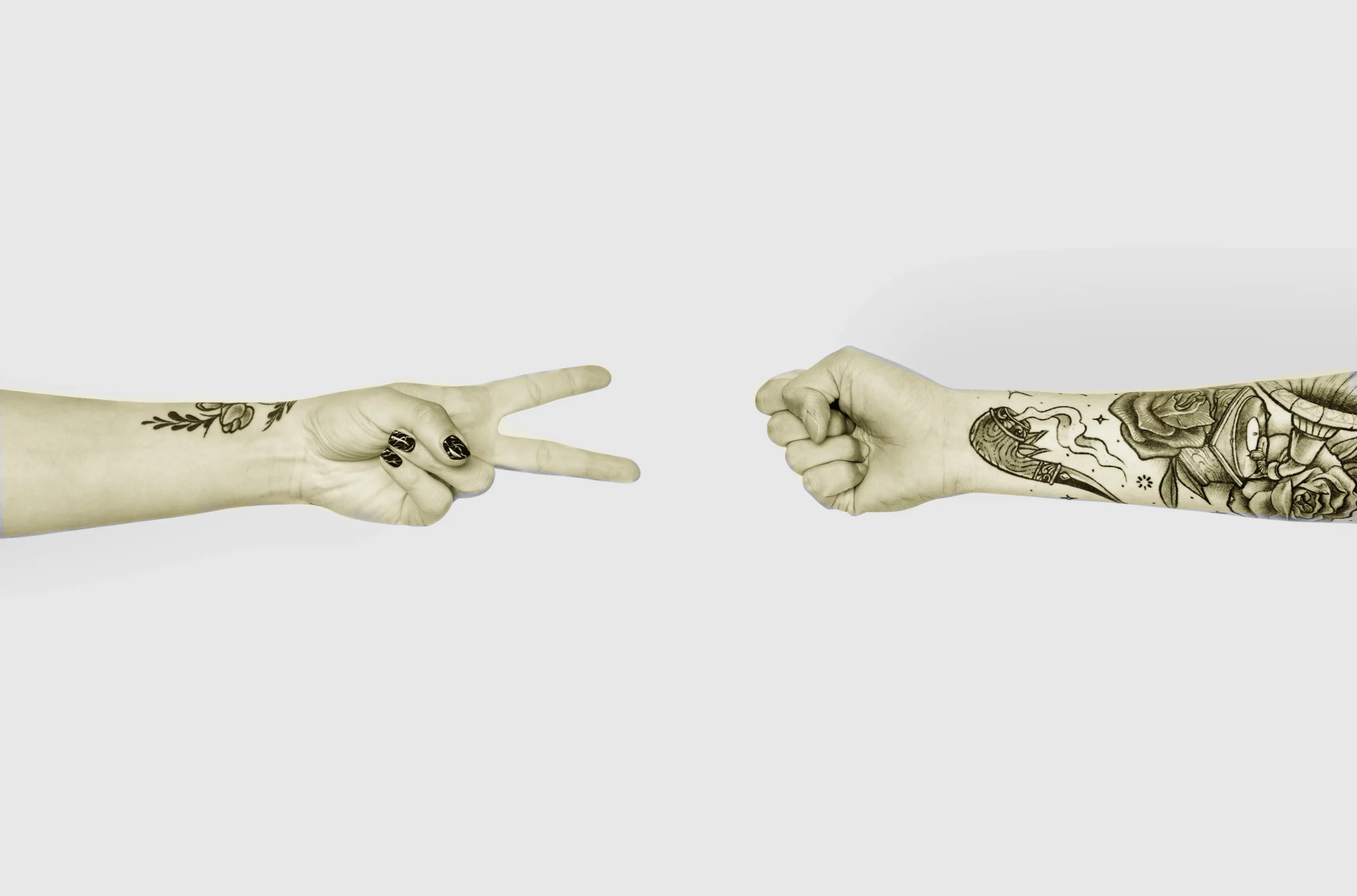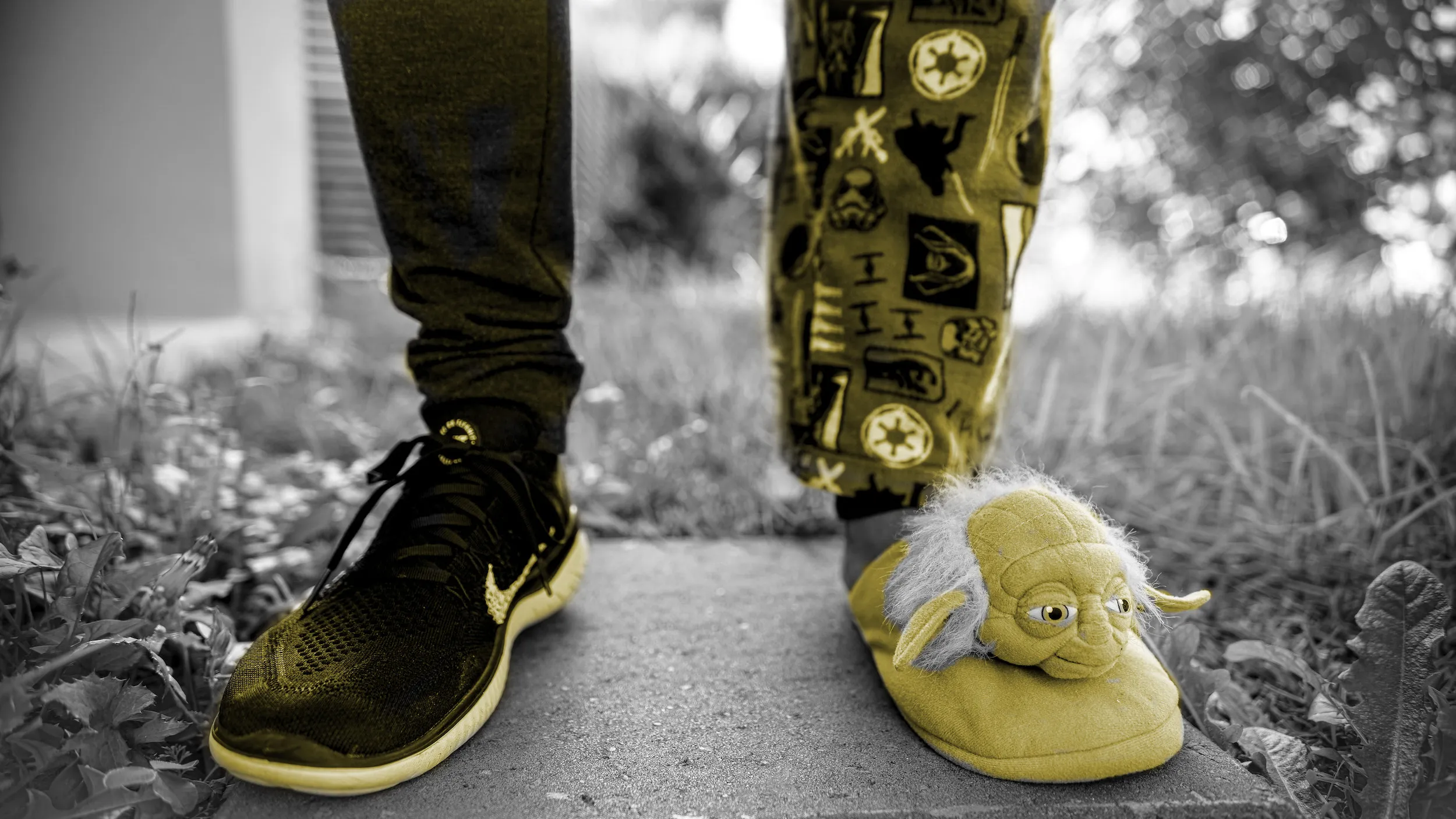NSLinguisticTagger, which was available as far back as the iOS 5 SDK, paved the path for Apple’s announcement of their Natural Language framework at WWDC 18. Everything from language identification to lemmatization and part-of-speech tagging, all of which were present in NSLinguisticTagger, are now a part of the Natural Language framework, with an API that’s been completely redesigned in Swift.
The added benefit that the Natural Language framework has over the NSLinguisticTagger is the ability to use custom NLP models.









